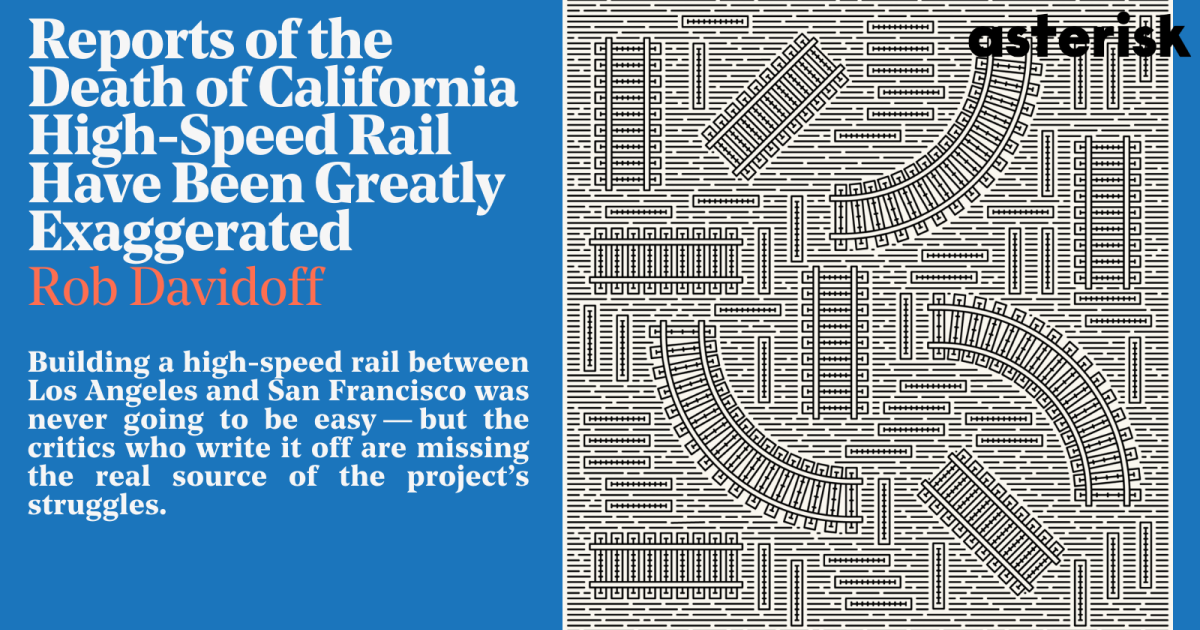Show HN: Sim Studio – Open-Source Agent Workflow GUI
Hi HN! We're Emir and Waleed, and we're building Sim Studio (https://simstudio.ai), an open-source drag and drop UI for building and managing multi-agent workflows as a directed graph. You can define how agents interact with each other, use tools, and handle complex logic like branching, loops, transformations, and conditional execution.Our repo is https://github.com/simstudioai/sim, docs are at https://docs.simstudio.ai/introduction, and we have a demo here: https://youtu.be/JlCktXTY8sE?si=uBAf0x-EKxZmT9w4Building reliable, multi-step agent systems with current frameworks often gets complicated fast. In OpenAI's 'practical guide to building agents', they claim that the non-declarative approach and single multi-step agents are the best path forward, but from experience and experimentation, we disagree. Debugging these implicit flows across multiple agent calls and tool uses is painful, and iterating on the logic or prompts becomes slow.We built Sim Studio because we believe defining the workflow explicitly and visually is the key to building more reliable and maintainable agentic applications. In Sim Studio, you design the entire architecture, comprising of agent blocks that have system prompts, a variety of models (hosted and local via ollama), tools with granular tool use control, and structured output.We have plenty of pre-built integrations that you can use as standalone blocks or as tools for your agents. The nodes are all connected with if/else conditional blocks, llm-based routing, loops, and branching logic for specialized agents.Also, the visual graph isn't just for prototyping and is actually executable. You can run simulations of the workflows 1, 10, 100 times to see how modifying any small system prompt change, underlying model, or tool call change change impacts the overall performance of the workflow.You can trigger the workflows manually, deploy as an API and interact via HTTP, or schedule the workflows to run periodically. They can also be set up to trigger on incoming webhooks and deployed as standalone chat instances that can be password or domain-protected.We have granular trace spans, logs, and observability built-in so you can easily compare and contrast performance across different model providers and tools. All of these things enable a tighter feedback loop and significantly faster iteration.So far, users have built deep research agents to detect application fraud, chatbots to interface with their internal HR documentation, and agents to automate communication between manufacturing facilities.Sim Studio is Apache 2.0 licensed, and fully open source.We're excited about bringing a visual, workflow-centric approach to agent development. We think it makes building robust, complex agentic workflows far more accessible and reliable. We'd love to hear the HN community's thoughts! Comments URL: https://news.ycombinator.com/item?id=43823096 Points: 29 # Comments: 6
Hi HN! We're Emir and Waleed, and we're building Sim Studio (https://simstudio.ai), an open-source drag and drop UI for building and managing multi-agent workflows as a directed graph. You can define how agents interact with each other, use tools, and handle complex logic like branching, loops, transformations, and conditional execution.
Our repo is https://github.com/simstudioai/sim, docs are at https://docs.simstudio.ai/introduction, and we have a demo here: https://youtu.be/JlCktXTY8sE?si=uBAf0x-EKxZmT9w4
Building reliable, multi-step agent systems with current frameworks often gets complicated fast. In OpenAI's 'practical guide to building agents', they claim that the non-declarative approach and single multi-step agents are the best path forward, but from experience and experimentation, we disagree. Debugging these implicit flows across multiple agent calls and tool uses is painful, and iterating on the logic or prompts becomes slow.
We built Sim Studio because we believe defining the workflow explicitly and visually is the key to building more reliable and maintainable agentic applications. In Sim Studio, you design the entire architecture, comprising of agent blocks that have system prompts, a variety of models (hosted and local via ollama), tools with granular tool use control, and structured output.
We have plenty of pre-built integrations that you can use as standalone blocks or as tools for your agents. The nodes are all connected with if/else conditional blocks, llm-based routing, loops, and branching logic for specialized agents.
Also, the visual graph isn't just for prototyping and is actually executable. You can run simulations of the workflows 1, 10, 100 times to see how modifying any small system prompt change, underlying model, or tool call change change impacts the overall performance of the workflow.
You can trigger the workflows manually, deploy as an API and interact via HTTP, or schedule the workflows to run periodically. They can also be set up to trigger on incoming webhooks and deployed as standalone chat instances that can be password or domain-protected.
We have granular trace spans, logs, and observability built-in so you can easily compare and contrast performance across different model providers and tools. All of these things enable a tighter feedback loop and significantly faster iteration.
So far, users have built deep research agents to detect application fraud, chatbots to interface with their internal HR documentation, and agents to automate communication between manufacturing facilities.
Sim Studio is Apache 2.0 licensed, and fully open source.
We're excited about bringing a visual, workflow-centric approach to agent development. We think it makes building robust, complex agentic workflows far more accessible and reliable. We'd love to hear the HN community's thoughts!
Comments URL: https://news.ycombinator.com/item?id=43823096
Points: 29
# Comments: 6









































/2022/07/12/phpe5RrYs.jpg?#)
/2025/04/28/halleberry-680f9bcf605ef261708096.jpg?#)
/2025/04/28/000-43a37np-680b6d84e0a22012872781-680fa41dac56b073669967.jpg?#)
/2025/04/28/nicolekidmanafp-680fa2d7614a7694229238.jpg?#)






























